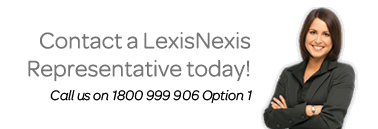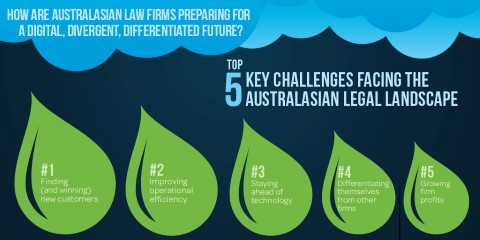Whitepapers
FEATURED WHITEPAPER
Enabling Technology in a Small Law Office
How many times a day, as a Partner or Sole Practitioner, do you wish for less IT hassles, lower costs for equipment maintenance or enhanced productivity through the use of technology? However you didn't get past the point of thinking about it.
It is a common notion that investing in technology will detract from your personal wealth. It might surprise you, however, that the opposite is true. Smart use of technology can actually generate more profit!
So why is it particularly difficult to get past the thinking to embrace and enable technology solutions for a small law practice?
A Practice Owner's Hierarchy of Tasks: 12 things to stop doing to start driving more revenue
Every new law firm owner starts out doing pretty much everything. Hard work and sacrifice are part of the price of starting a new business.
But there comes a time when you need to start moving past the hard-work-and-sacrifice mentality and make your practice work for you, not the other way around. That time is sooner than most think!
So how do you make the shift from working hard to working smart?
You start by making a plan to stop doing all those things that are getting in the way of your firm's profit margins and your quality of life. That plan starts with understanding the hierarchy of tasks in every law practice.
"Every task is important, but not everyone carries equal weight on the value ladder."
"There is a finite number of YOU.…working hours in a day....days in a week."
Measuring the In-house Legal Team
Discussion paper | LexisNexis In-house Advisory Board
How valuable is your in-house legal team? Do you know?
Consider the practical metrics as shared by our UK LexisNexis In-house Advisory Board to discover the value of your in-house legal team. Find yourself adept in answering the following questions:
- Why measure?
- What to measure?
- How to measure?
6 Steps to Selecting the Right Practice Management System
How profitable is my firm? Which Practice Areas and Clients are the biggest contributors to our success? Is my contact list current? Who are our best performing Partners?
If you’re having a hard time getting answers to questions like these, it’s time to select a practice management system— or replace a non-performing one.
"A quarter of small law firms do not use any form of Practice Management software. This increases to 40% for firms with only 1 Fee Earner.*"
Survey conducted in April/May 2013 by LexisNexis with 175 Small Law firms in Australia and New Zealand .
Frank McKenna, Head of Product and Technology Strategy at Lexis Pacific, discusses the role technology plays in helping, or even hindering, legal professionals in the decision making process.
In the zone: Is technology helping or hindering lawyers' decision making?
A lawyer's success could be said to rest on a bedrock of good decisions. Equally, a successful law firm is one that is adept at good decision making across all facets of its business, whether it is picking the right argument for a matter, selecting the right law to support an argument, choosing the correct precedent, recruiting a good team, providing clients with information which is useful, ensuring your client base is made up of profitable clients, or accepting profitable matters to work on.
When examining these facets, three essential decision making areas standout:
- The law;
- The lawyer's workload, that is, the matters that they are working across;
- The firm's clients.
Today, it is universally agreed that our world is becoming more complex, more dynamic and more demanding. Technology, as we are frequently told, provides the key to navigating this complexity and dynamism by giving us better tools to make better decisions







